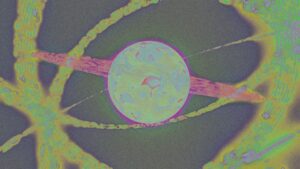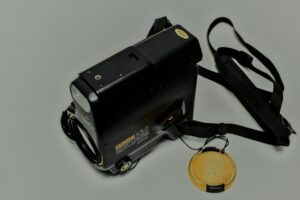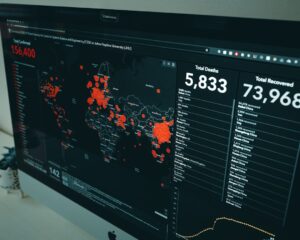Introduction to Sets
A set is a collection of distinct objects, called elements, which can be anything from numbers and letters to more complex entities. Sets are a fundamental concept in mathematics and are used to organize and classify objects based on their common characteristics.
Set Operations
Set operations allow us to manipulate and combine sets to perform various tasks. The three basic set operations are union, intersection, and difference.
Union
The union of two sets, denoted by the symbol ∪, combines all the elements from both sets into a single set. In other words, it creates a new set that contains all the unique elements from both sets.
For example, let’s consider two sets:
A = {1, 2, 3}
B = {3, 4, 5}
The union of A and B would be:
A ∪ B = {1, 2, 3, 4, 5}
Intersection
The intersection of two sets, denoted by the symbol ∩, represents the set of elements that are common to both sets. It creates a new set that contains only the elements that exist in both sets.
Continuing with the previous example, the intersection of A and B would be:
A ∩ B = {3}
As only the element 3 is present in both sets.
Difference
The difference between two sets, denoted by the symbol , represents the set of elements that are in one set but not in the other. It creates a new set that contains only the elements that are unique to the first set.
Using the same example, the difference between A and B would be:
A B = {1, 2}
As the elements 1 and 2 are present in set A but not in set B.
Symbolization of Sentences using Set Notation
Set notation can also be used to symbolize sentences or statements. This notation helps to represent the relationships between different elements or sets in a concise manner.
For example, let’s consider the following sentence:
“All cats are mammals.”
We can symbolize this sentence using set notation as:
C ⊆ M
Where C represents the set of cats and M represents the set of mammals. The symbol ⊆ denotes that the set of cats is a subset of the set of mammals, indicating that all cats are mammals.
Similarly, we can symbolize other sentences using set notation to represent various relationships and conditions.
It’s important to note that set notation can be a powerful tool for representing complex relationships and conditions in a concise and precise manner. It allows for clear communication and logical reasoning in various mathematical and logical contexts.
Conclusion
Sets and set operations are essential concepts in mathematics and logic. Understanding how to manipulate and combine sets using operations like union, intersection, and difference allows us to solve problems and analyze relationships between different elements. Additionally, symbolizing sentences using set notation provides a concise and precise way to represent complex relationships and conditions. Mastering these concepts and techniques can greatly enhance our mathematical and logical reasoning skills.





















+ There are no comments
Add yours